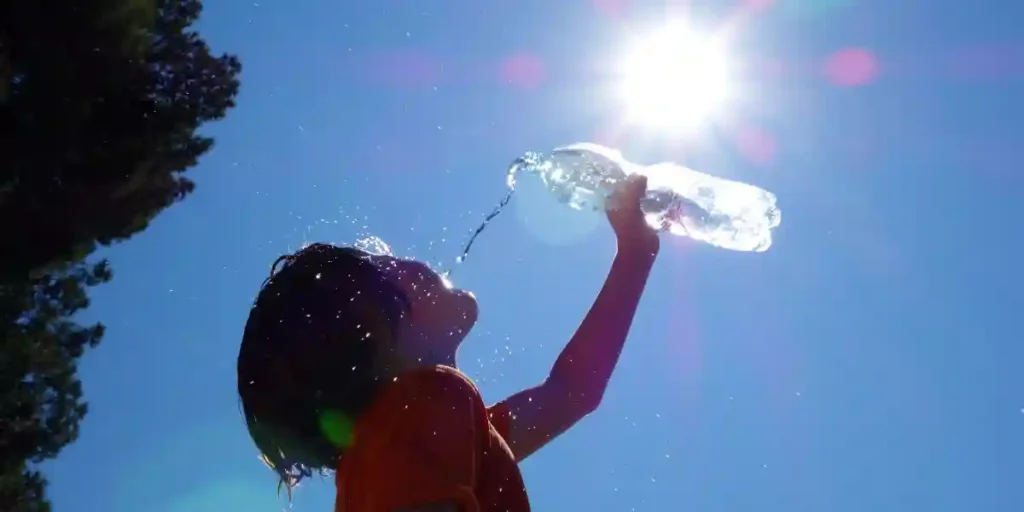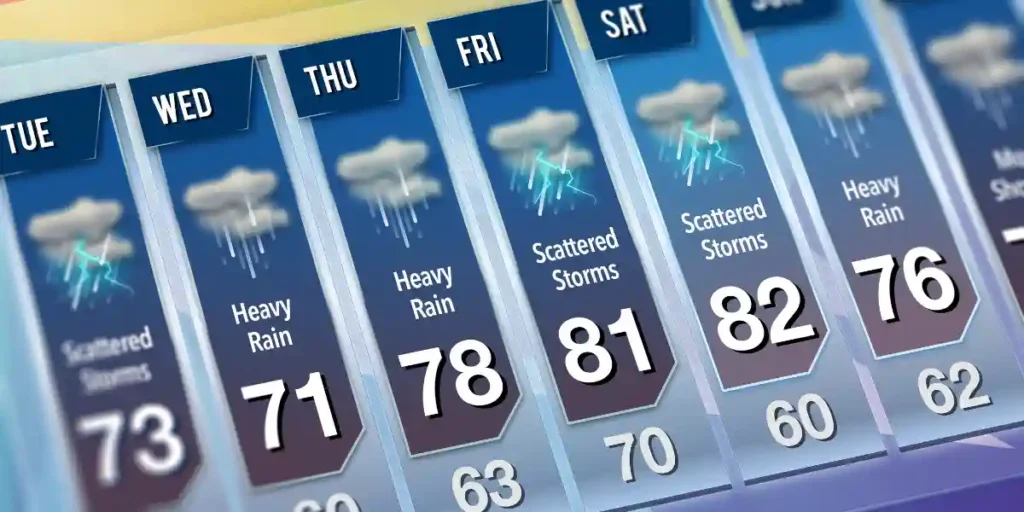Heatwave in Ireland Call For Windows To Be Closed

“Shut all windows” is never the guidance you’d expect. But the shining sun in Ireland wants you to do it. As temperatures reach 20°C, experts are advising everyone not to open their windows to freshen the air. Keeping your windows open in the daytime could actually warm your home even more.
Even more concerning is an unusual marine heatwave impacting the waters of Ireland. From increasing temperatures in the sea to indoor overheating, the change in the weather is bringing so many challenges.
In this article, let’s explore the impact of the heatwave in Ireland and how you can stay cool during this time.
What Is a Marine Heatwave?
The period when a region’s sea surface temperature (SST) is significantly warmer than average is referred to as a marine heatwave. Currently, Ireland’s coast is experiencing such an event, with SSTs reported to be between 0.6 degrees Celsius and 2.2 degrees Celsius higher than average. In some places, SSTs are almost 4 degrees above normal. This is due to high-pressure systems persisting over the area, which results in clear skies, gentle winds, and warm easterlies that prevent oceanic mixing, as outlined in Met Éireann’s marine forecast.
The early onset of these conditions, along with its unusual intensity, is problematic, said Paul Moore, the senior oceanographer at Met Éireann. It is concerning as SSTs are estimated to be the highest in early August. This shift is worrisome as marine life, including plankton, fish, and shellfish, are highly sensitive to even the slightest change in temperature.
Ecological and Atmospheric Consequences
A marine heatwave can have disruptive consequences for marine ecosystems. Extreme temperatures increase plankton decomposition, which alters patterns of algal blooms. Then, the migration balance between phytoplankton-to-fish, as well as predator-prey dynamics, is thrown off. Furthermore, warm waters also support harmful algal blooms (HABs). This imbalance severely harms other marine organisms due to low oxygen levels.
Marine heat waves have the potential to impact weather on land as well. Increased temperatures mean more evaporation. This means there is more water vapor in the atmosphere. The chances of intense showers and thunderstorms are greatly increased. Such rain was one of the reasons for Ireland’s hottest June on record in June 2023. If current SST trends persist, history can repeat itself.

Practical Tips for Staying Cool
For most of us, opening the window when it is sunny outside can be refreshing. However, energy experts have proven that opening the windows for a little fresh air on a hot day can actually bring in more warm air from outside. This will further increase the temperature in the house.
Many experts suggest that all windows, especially the ones facing the south and west side of the house, should be closed. People should also try to block the solar heat using blackout curtains. Windows should only be opened at night in cooler temperatures on both sides of the house. This will help with cross-ventilation.
Experts suggest that you open windows during the cooler hours, like late morning and late evening, and keep them shut during peak sun hours. With this approach, the homes are easier to cool. This also helps minimize the need for air conditioning or fans, which are absent in many Irish Homes.
Other Ways to Keep Cool Indoors
- Reduce Indoors heat sources.
Minimise indoor heat generation by switching off lights and unplugging electronic devices not in use.
- Stay hydrated
Hydration helps beat heat exhaustion. It is advised to drink at least two liters of water daily. If you are active or sweating, drink more.
- Wear light clothes
Clothes made from cotton or linen are ideal for summer.
- Keep the skin cool.
Water can help keep your skin cool. Use a damp cloth or a spray bottle to refresh your skin from time to time.

Health Considerations
The Irish homes are built according to winter temperatures. So, they tend to trap as much heat as they can. This can make the home very uncomfortable during extremely warm temperatures. Even if the temperature is lower than the official heatwave threshold, it can be a risk for many people. It has the potential to develop heat-related illnesses in susceptible populations. This includes the elderly, infants, pregnant women, and people with chronic illnesses.
Some heat exhaustion symptoms include:
- Headaches
- Dizziness
- Excessive sweating
- Nausea
- Rapid heartbeat
These symptoms demand prompt management. If left untreated, they can lead to heatstroke. A heatstroke is when the body fails to regulate its temperature. So, you must be careful if the symptoms persist or your body temperature is above 38 degrees Celsius. Call for immediate medical attention.
Weather Outlook for Ireland and Future Heat Events
Forecasters expect above average temperature until mid-June. However, the prediction of hitting heatwave criteria does not seem likely. Met Éireann states that there is “no current indication” of five consecutive days over twenty-five degrees Celsius. However, the website will remain unstable and humid due to marine heatwaves and warmer sea temperatures.
Climate change is increasing both land and marine heatwaves, altering the typical seasonal patterns in Ireland. A report by the Intergovernmental Panel on Climate Change (IPCC) indicates that the global days for marine heatwaves have doubled since the 1980s. This is a global warning. This temperature shift will also impact Ireland. The food systems, agriculture, fisheries, and much more will continue to be affected adversely.

Conclusion
As June approaches, the temperatures continue to climb. The only practical piece of advice we have for you is to keep the windows closed. It has proven to be an effective way to maintain coolness indoors. Overall, weather patterns alongside the marine heatwave along the coastline of Ireland shed light on a larger shift in climate.
Ireland isn’t experiencing a full-fledged heatwave. However, these conditions serve as a warning of what the future might be like. Adopting proactive measures such as indoor cooling strategies, increasing water intake, and even climate monitoring greatly assists households in staying safe and comfortable.
This summer might come with new experiences, so these small steps can help make a significant difference.
FAQs
LATEST NEWS
DISCOVER MORE






